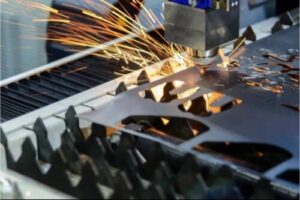
5 Ways to Accelerate Sheet Metal Part Production
Meeting deadlines in manufacturing is never easy. Tight schedules, complex designs, and sudden changes in orders often push production teams to their limits. Many engineers
We regularly update articles related to the manufacturing industry.

Meeting deadlines in manufacturing is never easy. Tight schedules, complex designs, and sudden changes in orders often push production teams to their limits. Many engineers
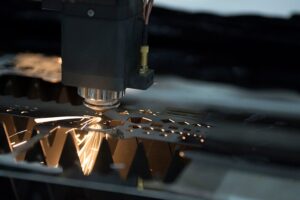
Many small manufacturers wonder whether bulk laser cutting is a smart move for their business. It’s an understandable concern. Producing in larger quantities can feel
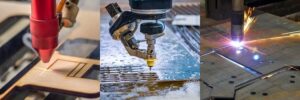
Many people often ask, “Which cutting method should I choose — laser, waterjet, or plasma?” It’s a reasonable question. Each method cuts metal, but they
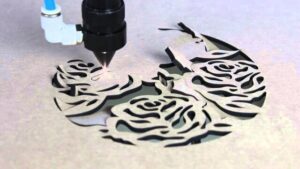
Every product starts with an idea — a shape, a pattern, or a small detail that defines how it looks and feels. For many designers
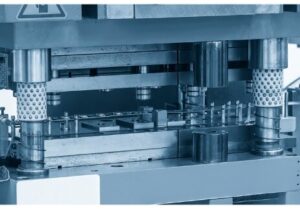
Getting an accurate quote can save time, lower costs, and prevent delays in production. Many engineers, designers, and purchasing managers run into price changes because
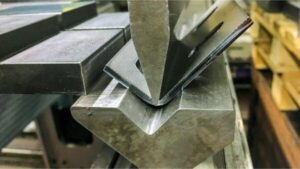
When designing or sourcing metal parts, engineers and manufacturers often face a key question: which production method best suits the project in terms of cost
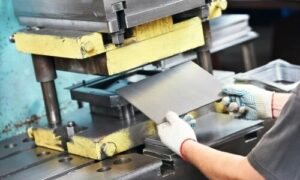
Low-volume manufacturing refers to the production of a small number of parts, typically ranging from a few dozen to a few thousand units. It serves as a bridge between prototyping and full-scale production. This process enables manufacturers to create genuine, usable parts without the significant investment or lengthy setup times typically required for mass production.
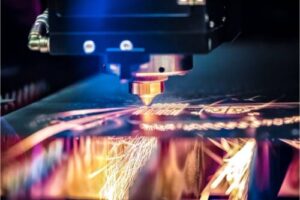
Large-format laser cutting utilizes machines specifically designed to handle huge metal sheets. Most models can process sheet sizes up to 3000mm × 1500mm, while advanced models can reach sizes of 6000mm × 2500mm or larger. These systems utilize high-power lasers, typically ranging from 6kW to 20kW, to cut through thick materials such as stainless steel, carbon steel, and aluminum.
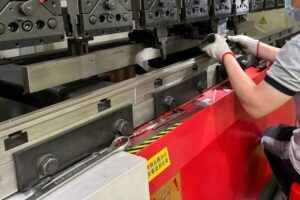
Meeting local standards is a key concern for companies that import or make sheet metal parts for the Australian market. Parts that do not meet
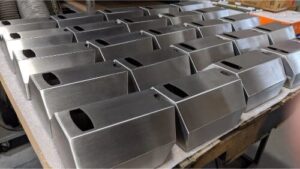
Medical devices must be reliable, easy to clean, and meet strict safety standards. Even a minor malfunction can jeopardize patient safety or result in costly
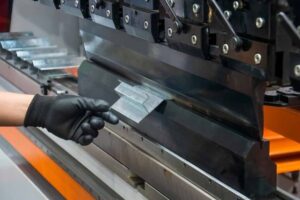
When creating sheet metal prototypes, achieving precise bending is often one of the biggest challenges for engineers. Even a slight deviation in a bend can
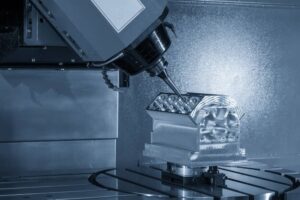
Machining complex parts is never an easy task. Engineers and manufacturers work with tight tolerances, intricate shapes, and demanding material requirements daily. Many projects fail
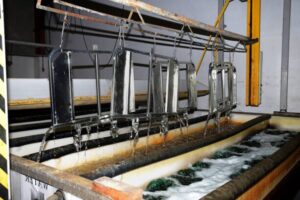
When selecting zinc plating for metal parts, the distinction between Type I and Type II can have a significant impact on performance, durability, and cost.
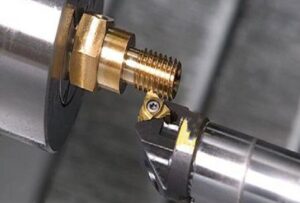
Designing threads might seem simple, but many CNC parts fail because the threads were not planned properly. A poorly designed thread can strip, misalign, or

CNC machining is a fast, accurate, and flexible process. But even small design mistakes can cause big problems. Parts with intricate shapes, tight fits, or
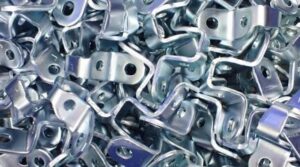
Surface finishing is an essential step in sheet metal fabrication. Even if a part is cut, formed, and welded perfectly, its performance and look still
We will contact you within 1 working day, please pay attention to the email with the suffix”@goodsheetmetal.com”